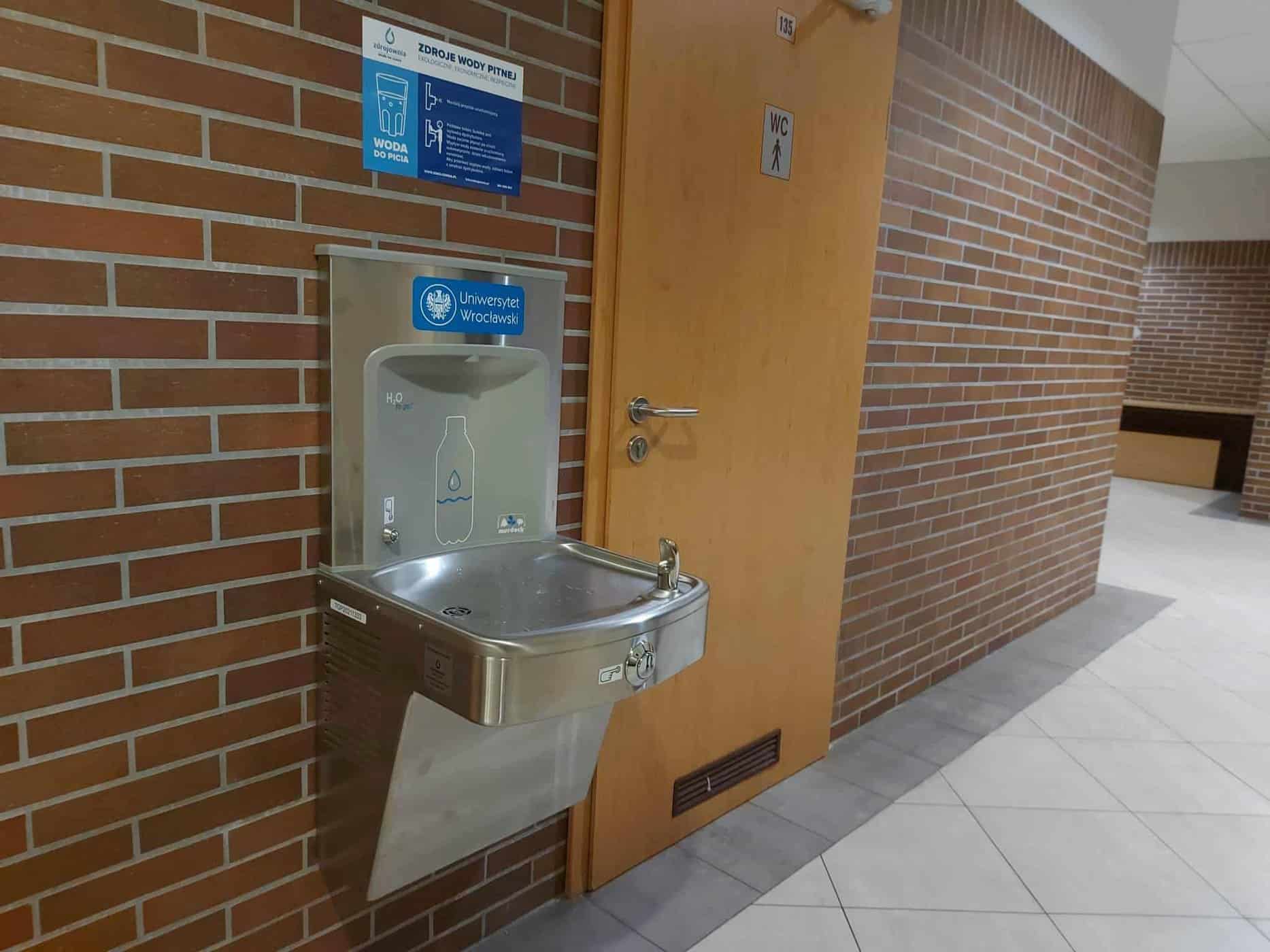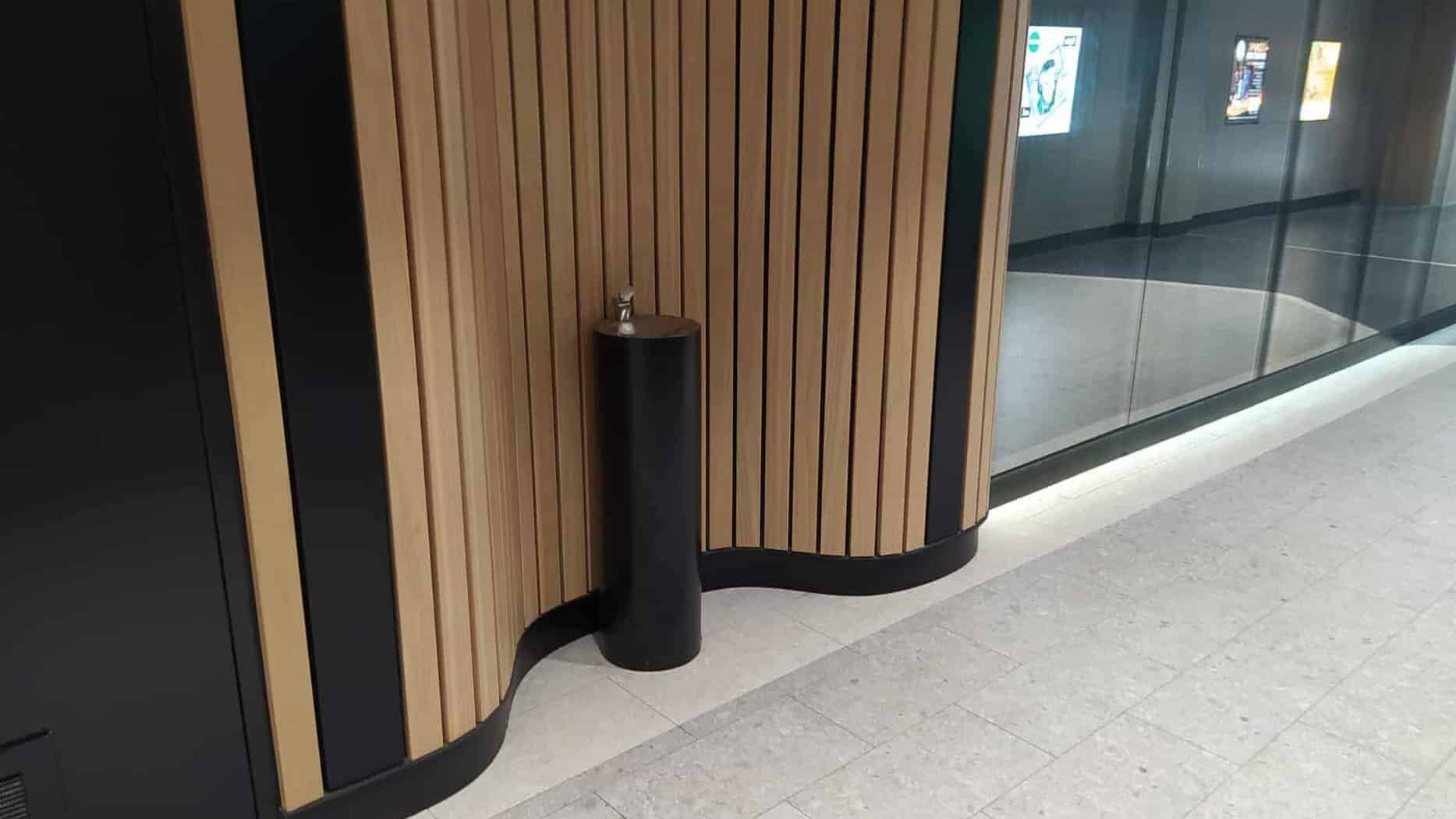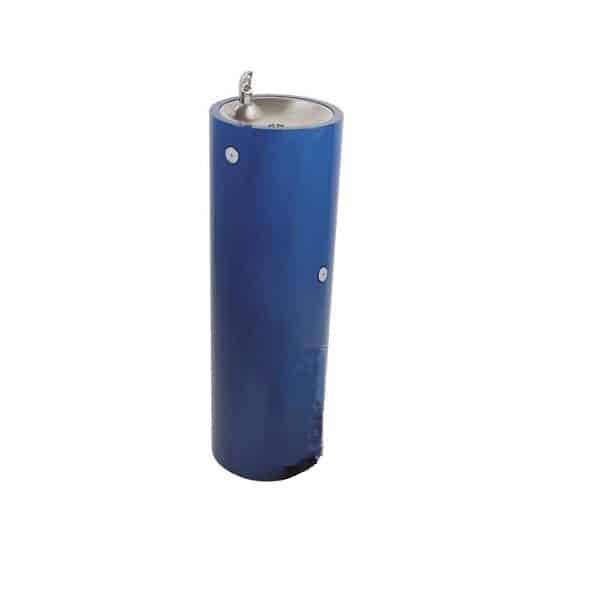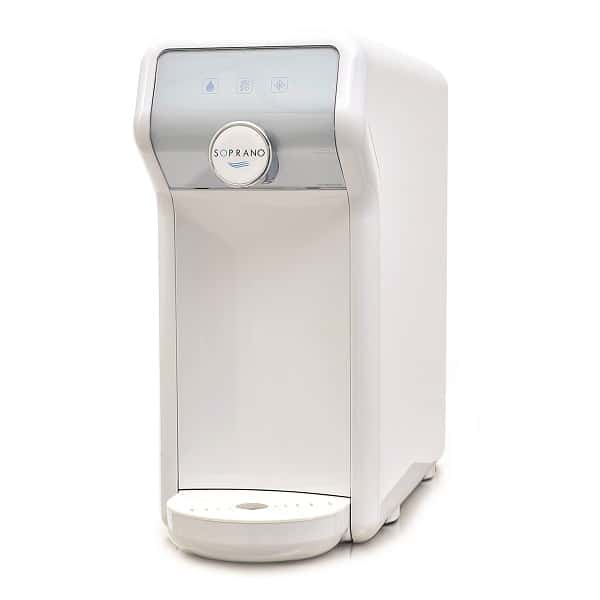Academy
Spa brands
In this section you will find a range of practical information related to our solutions. In the articles, we share our experience, discuss implementation steps and highlight good practices. It is a reliable source of information and advice on the provision of drinking water in public spaces, the legal regulations in this area, the benefits of installing drinking water dispensers and the technological aspects in this field.
We look forward to reading!
Why include drinking water outlets in building designs?

Free access to drinkable water is one of the most important rights of every human being. Fortunately, today there is more and more talk about providing access to drinking water sources in public spaces, as well as in offices, residential buildings, schools or offices. In this way, both human well-being and the environment can be taken care of. Why is it so important to include drinking water springs in building designs?
Do people want public access to drinking water?
There is no denying that the subject of free access to drinking water is being raised more and more in public. Although it might seem that in Poland, compared to Western European countries, this topic is only just beginning, the reality is that more and more cities are choosing to set up drinking water springs in public places. In countries such as Italy, the United Kingdom, Spain or France, universal access to drinking water springs and fountains is natural.
The fact that access to water is needed is evidenced by actions at various levels. In 2020, the European Parliament adopted a directive regulating the quality of and access to drinking water in European Union countries. The legislation was a response to a citizens' appeal called 'Right2Water', which was signed by more than 1.8 million Europeans. This project was about safe access to drinking water for all citizens of the community.
To a lesser extent, such initiatives can also be seen at the local level. In an increasing number of local authorities Public drinking water projects get a lot of attention in civic budgets. This means that Poles want solutions that would improve access to water and support environmental action.

Drinking water outlets in buildings and ecology
By law, every employer should provide its employees with access to drinking water. Until recently, this meant having to set aside space for the storage of bottled water packs or bottle dispenser cans. Both their purchase and storage were not only problematic but also costly. What's more - it involved the disposal of a huge amount of plastic rubbish, making this solution very harmful to the environment.
Progressive environmental education, as well as a concern to minimise the costs associated with providing employees with access to drinking water, has meant that ordering bottled water has become a thing of the past. Increasingly, the design of public buildings, as well as offices, schools or universities, is including drinking water sprinklers as a compulsory interior feature. By connecting the devices directly to the water supply, you can easily contribute to the environment and save money. It is also worth adding that well-designed drinking water outlets are completely safe for health and ensure adequate, hygienic water intake.
Access to drinking water outlets in offices and public buildings
It is worth realising that, in the 21st century, more and more people are paying attention to eco-friendly solutions. This means that offices, offices, schools, universities, clinics and other buildings where publicly accessible drinking water springs are installed will have a better reputation among staff and visitors alikeThe organisation's staff is not only a source of information, but also a source of information: pupils, customers or clients. Such a small thing often translates into their satisfaction and, consequently, the prestige of a particular organisation.
Furthermore, buildings with installations that include public access to drinking water springs are more popular among investors. Despite the small effort and low cost, including drinking water springs in buildings makes a place more attractive in the eyes of decision-makers. It is also a way of achieving LEED or BREEAM green certification, which helps to build the whole brand image of being green and caring for the needs of employees and customers.





